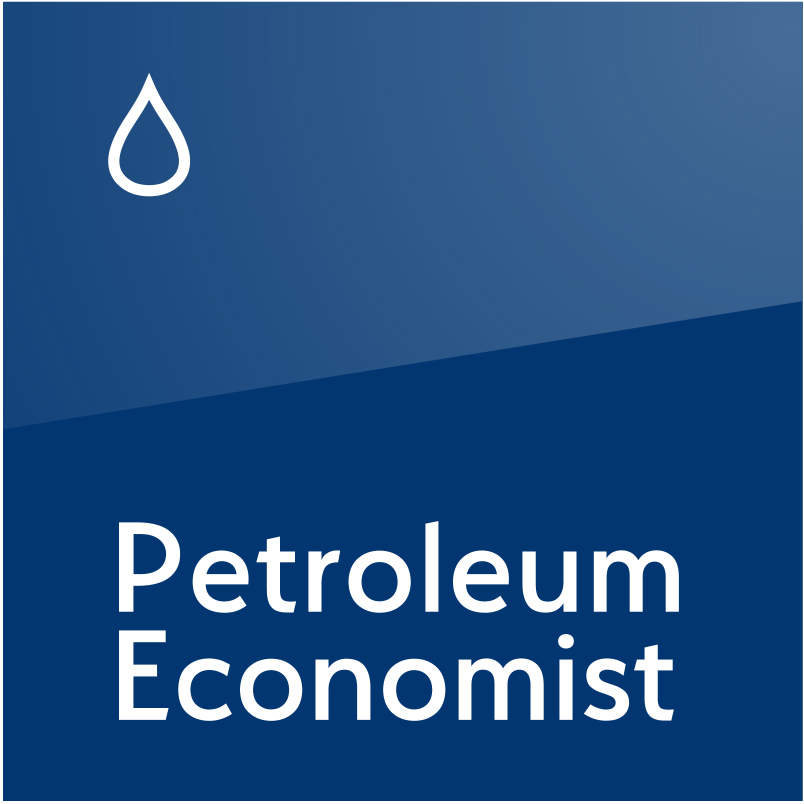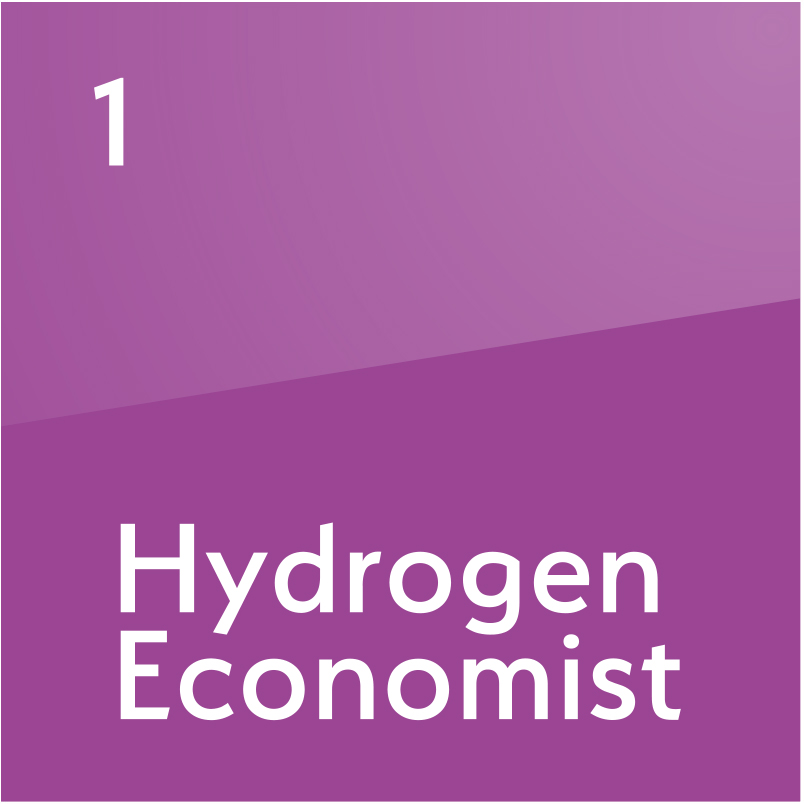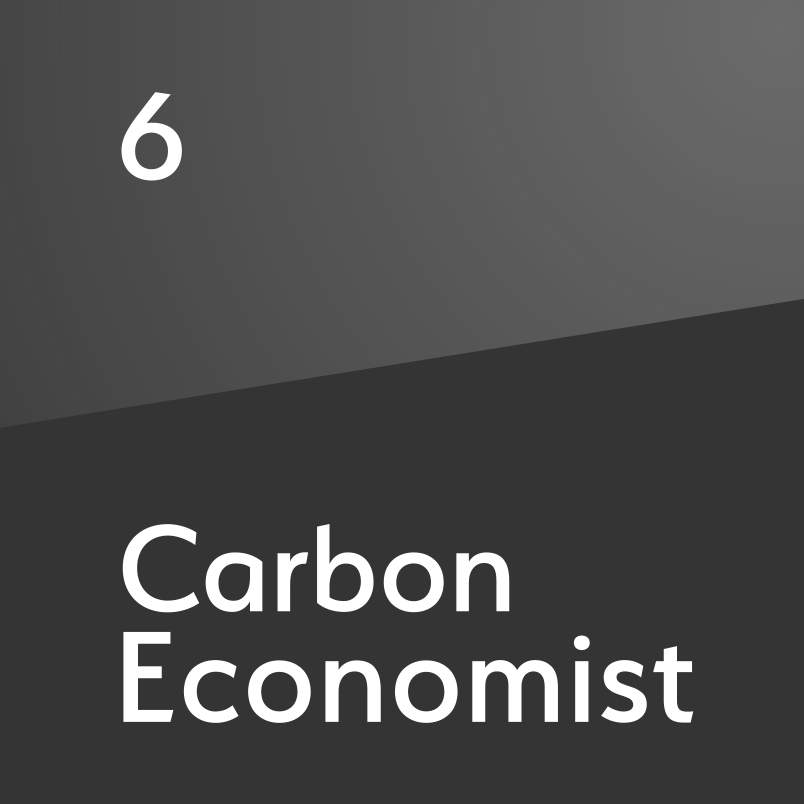The MENA region’s race to become a global digital and artificial intelligence (AI) hub brings to the fore a less glamorous but equally important challenge: how can the region balance AI-driven growth with sustainability goals—without straining national grids or increasing domestic reliance on fossil fuels?
AI is expected to contribute $320b to MENA’s economy by 2030. Yet achieving this hinges on one essential, and under-addressed, factor: power. Datacentres consume up to 3% of global electricity, with demand expected to reach 4% by 2030. Moreover, the expansive, or ‘hyperscale’ facilities that train and power advanced AI models such as OpenAI’s ChatGPT or Google’s DeepMind are voracious consumers of electricity. They require megawatt-scale loads, continuous computational resources for months at a time and significant cooling. In the Mideast Gulf’s warm climate, those cooling needs—and thus electricity requirements—are even greater.
The region’s soaring electricity demand underscores this challenge. Saudi Arabia’s electricity use is projected to almost double in a six-year period—to 120GW by 2030—with AI applications being a key driver.
For MENA countries such as Saudi Arabia, the UAE and others advancing ambitious AI initiatives, the challenge of delivering significant, round-the-clock electricity without driving up domestic fuel consumption could be a strategic opportunity for leadership in energy innovation—namely, by pioneering the development of small modular nuclear reactors (SMRs). These compact reactors offer a scalable, reliable solution to power the AI economy without compromising climate targets, as they are low carbon. Their deployment could position the region at the forefront of next-generation nuclear technology and set a global benchmark for AI-driven, sustainable energy ecosystems.
A digital boom: Powering AI in MENA
The MENA region is rapidly emerging as a global digital hub, underpinned by cost-competitive energy, high-performance infrastructure, state-backed investment and strategic public-private partnerships. While the UAE and Saudi Arabia are leading the charge, Qatar, Bahrain and Egypt are also emerging as key contenders.
The Gulf, in particular, has seen a surge in AI-related investment. Sovereign wealth funds are forging billion-dollar partnerships with tech giants: Google has partnered with Saudi Arabia’s Public Investment Fund to launch a $100b AI hub; Amazon Web Services is investing $5.3b in building datacentres in the Kingdom; and Microsoft has committed $1.5b to Abu Dhabi’s G42, an AI holding company. Additionally, Qatar’s National AI Strategy is driving investments in AI-powered cloud infrastructure, and Egypt, with the support of Emirati datacentre developer Khazna, is building its first hyperscale facility.
A core enabler of this transformation is power. A cost-competitive and stable supply has been instrumental in attracting datacentre investments, particularly in countries with abundant oil and gas and expanding clean energy portfolios. However, as digital infrastructure scales up, electricity demand is rising in parallel, creating a new challenge: how to sustain AI-driven growth while ensuring future power needs are met sustainably and reliably.
Low-carbon energy is essential to reducing domestic reliance on fossil fuels and aligning with net-zero goals. However, variable renewable energy sources such as wind and solar – although vital to this transition – are an imperfect match for AI data centres, which require a constant electricity supply. Although storage systems can help mitigate the intermittency of variable renewables, scaling them to meet the needs of data centres would require substantial land and infrastructure. These limitations underscore the need to diversify low-carbon energy solutions, especially as the co-location of power plants and AI datacentres gains momentum as a strategy to ease pressure on national grids. In this context, SMRs offer a promising path forwards.
Advanced nuclear: A game-changer
The scale and reliability of electricity required by AI datacentres make SMRs—which are compact and scalable advanced nuclear technologies—a compelling option. SMRs provide reliable, high-density, and low-carbon power while reducing the physical footprint, costs, and risks associated with traditional nuclear plants This makes them uniquely suited for energy-intensive digital infrastructure. They can also be sited next to datacentres, which can lead to substantial cost savings for both operators and energy providers by eliminating the need for transmission infrastructure.
Globally, there is growing interest in nuclear energy as a low-carbon power source for digital infrastructure. Major technology companies, including Google and Microsoft, are exploring SMRs to meet sustainability targets and energy reliability needs. This trend positions MENA favourably, particularly Saudi Arabia and the UAE, which combine stable regulatory environments, government support and—in the UAE’s case—established nuclear expertise.
Indeed, datacentres could catalyse a shift in clean energy towards nuclear. Several MENA nations are exploring SMRs to diversify their energy mixes. Morocco, which has long been a champion of renewable energy, is considering SMRs; and Bahrain, which faces land availability constraints for large-scale solar, views SMRs as a practical, compact alternative. While most countries remain cautious, the experiences of early movers, which in the region could be Saud Arabia and the UAE, could help reduce perceived risk.
Advanced Nuclear for the AI Era
SMRs are an emerging technology and therefore not without challenges. Key concerns include how to safeguard against security risks, such as a cyberattack, and overcome oversight challenges due to their distributed model, as well as the need to establish clear, internationally recognised safety and regulatory standards specifically for SMRs. The modular design may also create dependencies: a fault in one unit could affect others. And although SMRs involve less radioactive material and heat than traditional reactors, safety protocols must still be rigorous to prevent accidents or leaks.
Yet these concerns offer MENA governments a chance to lead. Countries such as Saudi and the UAE can play a pioneering role in shaping global standards and demonstrate feasibility by piloting SMRs at domestic data centres.
As such, datacentres could shift from being energy liabilities to becoming testbeds for clean-energy innovation. Yet this will require proactive policymaking: streamlining regulatory and licensing frameworks, fostering cross-border knowledge-sharing, and adherence to international safety and non-proliferation standards for nuclear energy.
One step forward could be for interested countries to collaborate with hyperscale developers, major technology corporations and international nuclear bodies to establish a platform for streamlining deployment and governance frameworks.
Turning datacentres into clean energy catalysts
As the MENA region positions itself at the forefront of global AI innovation, it must ensure this ambition does not come at the cost of energy resilience or climate progress. Achieving this balance demands forward-looking investments not only in infrastructure but also in innovative clean-energy systems. SMRs offer one such innovation: reliable, low-carbon power that aligns with the scale and continuity required by AI. MENA has an opportunity to turn the AI energy challenge into a strategic advantage—becoming not only an AI powerhouse but also a pioneer in the future of sustainable, tech-driven growth.
Jessica Obeid is energy transitions lead at SRMG Think








Comments